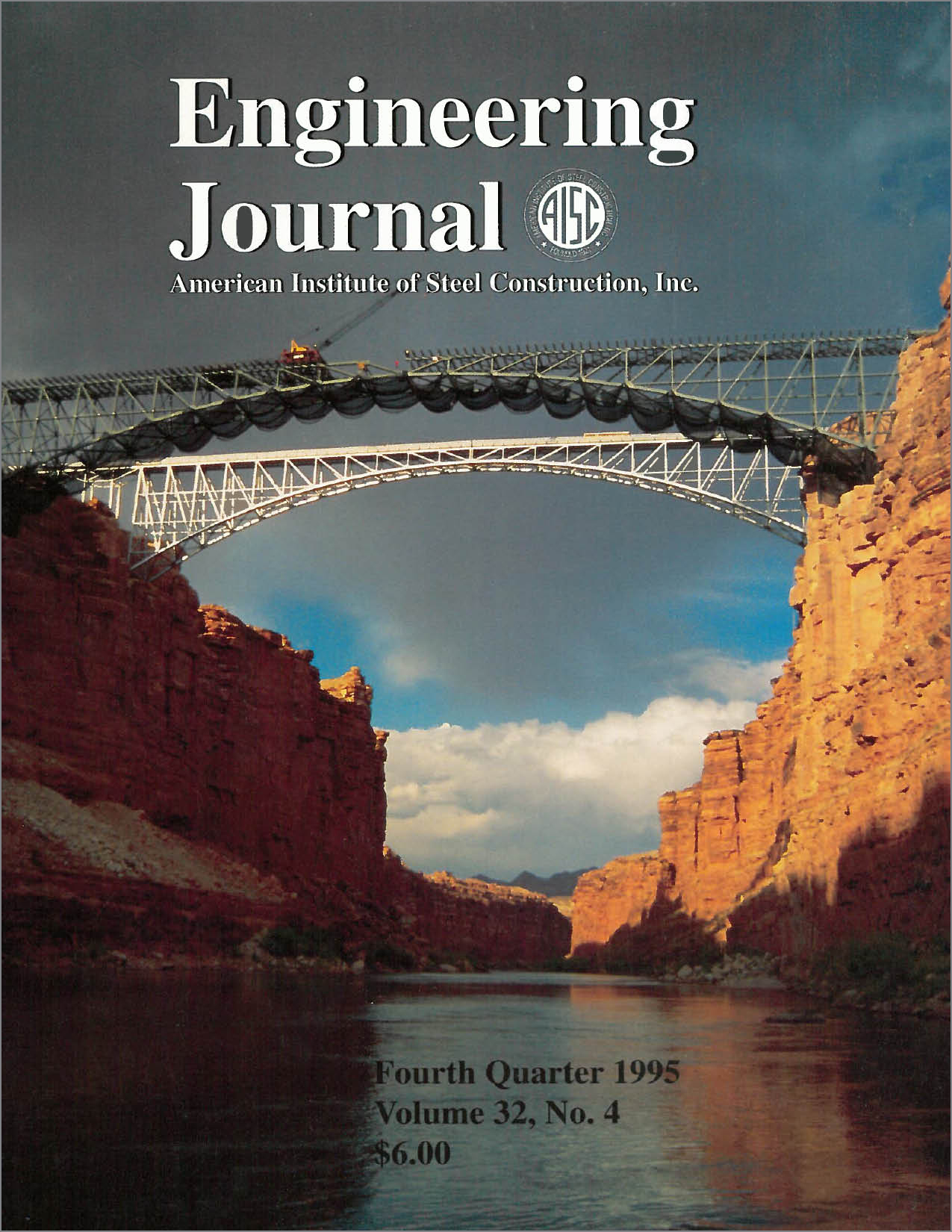Connections: Art, Science, and Information in the Quest for Economy and Safety
DOI:
https://doi.org/10.62913/engj.v32i4.650Abstract
Connections are an extremely important part of the final configuration of a steel structure. Many, if not most, collapses are caused by inadequate connections. The constructed cost of a steel frame is heavily dependent on the connections used, both the type of connection and how they are configured. Yet, connections are often an afterthought. Commercially available software will pretty much automatically design the members of the frame, but there is no commercially available software that will do the same for the connections. In fact, the frame design software chooses "optimal" members, usually least weight, with no regard whatsoever as to how these members will impact on the connections. The emphasis in engineering schools is similar to that of commercially available design software, i.e., it is on the design of members. Very little work is done on connections at the undergraduate level and probably also at the graduate level. Connections are considered by many professors as essentially trivial in a mathematical sense. Very sophisticated and mathematically elegant solutions can be prescribed for member and frame design; e.g., lateral torsional buckling of members, and the direct stiffness method for frames. Connections, on the other hand, are thought to be designed by no more sophisticated analysis than counting bolts and determining weld lengths. This is not true except for the simplest connections. While there are essentially only three types of members in a structural frame (beams, columns, and beam-columns), there is an almost infinite variety of connections depending on frame geometry. For this reason, connection design is actually more interesting than member design, because this great variety often requires the designer to rely on intuition and art as well as science.

